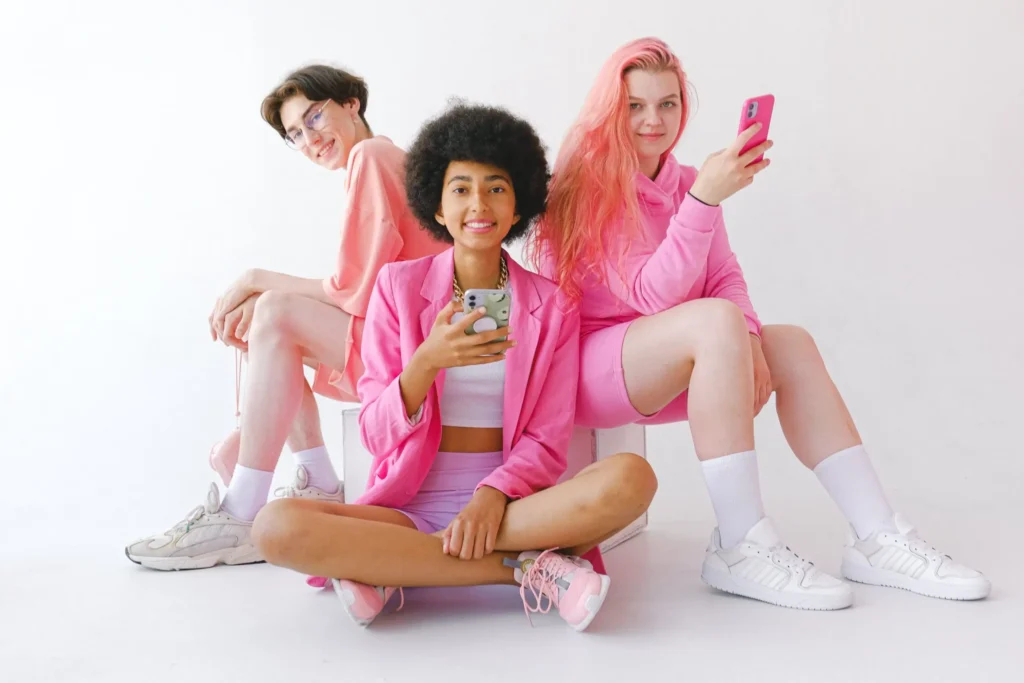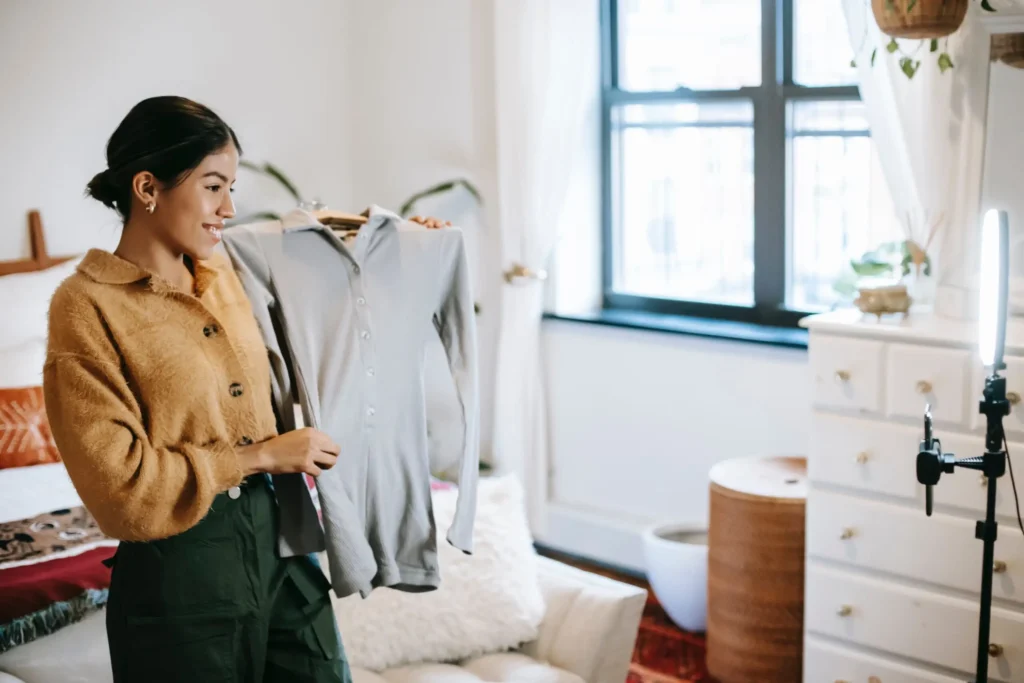In the fast-paced world of fashion, staying on top of the latest Trend Report Fashion has never been more accessible, thanks to the power of social media. Additionally, platforms like Instagram, TikTok, and Pinterest have revolutionized the way people discover, share, and engage with fashion. Consequently, this article delves into the impact of social media on shaping and popularizing fashion trends.
Instagram: The Visual Runway for Trend Report Fashion
Instagram, with its emphasis on visual content, has become a global runway for fashion enthusiasts. Influencers, celebrities, and designers utilize Instagram to showcase their style, creating a dynamic ecosystem of trendsetters. The platform’s “Explore” feature and hashtags make it easy for users to discover new styles, brands, and emerging designers.
The “Instagram Effect” has also given rise to the democratization of fashion. Users can now shop directly from posts, turning their feeds into personalized shopping catalogs. This has not only changed how people consume fashion but has also empowered smaller brands and designers to reach a broader audience.
TikTok: Viral Fashion Challenges
TikTok, known for its short-form video format, has become a breeding ground for viral fashion challenges. Users, influencers, and even brands create engaging content showcasing outfit transformations, styling hacks, and trend challenges. The platform’s algorithm ensures that trends spread rapidly, influencing millions of users around the globe.
From thrift store transformations to runway-inspired looks, TikTok has redefined fashion accessibility. The platform’s diverse community celebrates individuality, encouraging users to embrace their unique styles while participating in the latest trends.
Pinterest: The Ultimate Style Mood Board for Trend Report Fashion
Pinterest serves as the virtual mood board for fashion enthusiasts. Users curate boards filled with style inspiration, outfit ideas, and trend forecasts. It acts as a visual search engine, helping users discover new trends and plan their wardrobes.
Firstly, fashion brands leverage Pinterest to understand and tap into emerging trends. Secondly, by analyzing user behavior and engagement, brands can tailor their offerings to align with the platform’s most popular styles. Additionally, this synergy between users and brands creates a cyclical process, with Pinterest acting as a trend incubator.
Inclusive Fashion: Redefining Beauty Standards
Additionally, social media has provided a platform for marginalized voices to be heard and for underrepresented communities to gain visibility. Consequently, it has sparked important conversations about representation and diversity within the fashion industry. Furthermore, it has created a space for individuals to share their unique perspectives and experiences, fostering a more inclusive and accepting community.
The embrace of diversity in fashion has not only influenced the types of clothing and styles that gain popularity but has also encouraged the fashion industry to rethink its approach to representation and marketing.
Conclusion:
In the age of social media, fashion trends are no longer dictated solely by designers and runway shows. The power has shifted to the people, with users, influencers, and communities driving the narrative. Social media platforms have become dynamic spaces where fashion is not just observed but actively created, shared, and celebrated. As we move forward, the influence of social media on fashion trends is likely to grow, reshaping the industry and challenging conventional norms.
Explore More Content:
“Discover additional insights in our article titled About [Social Media Branding]. Explore now for more valuable information!”




